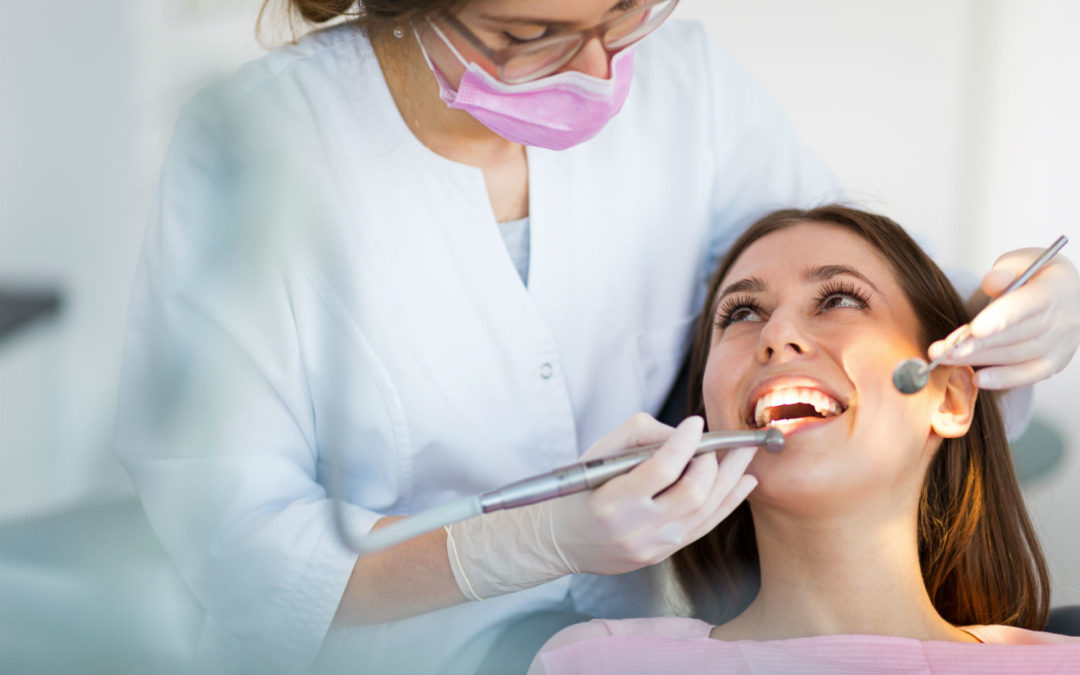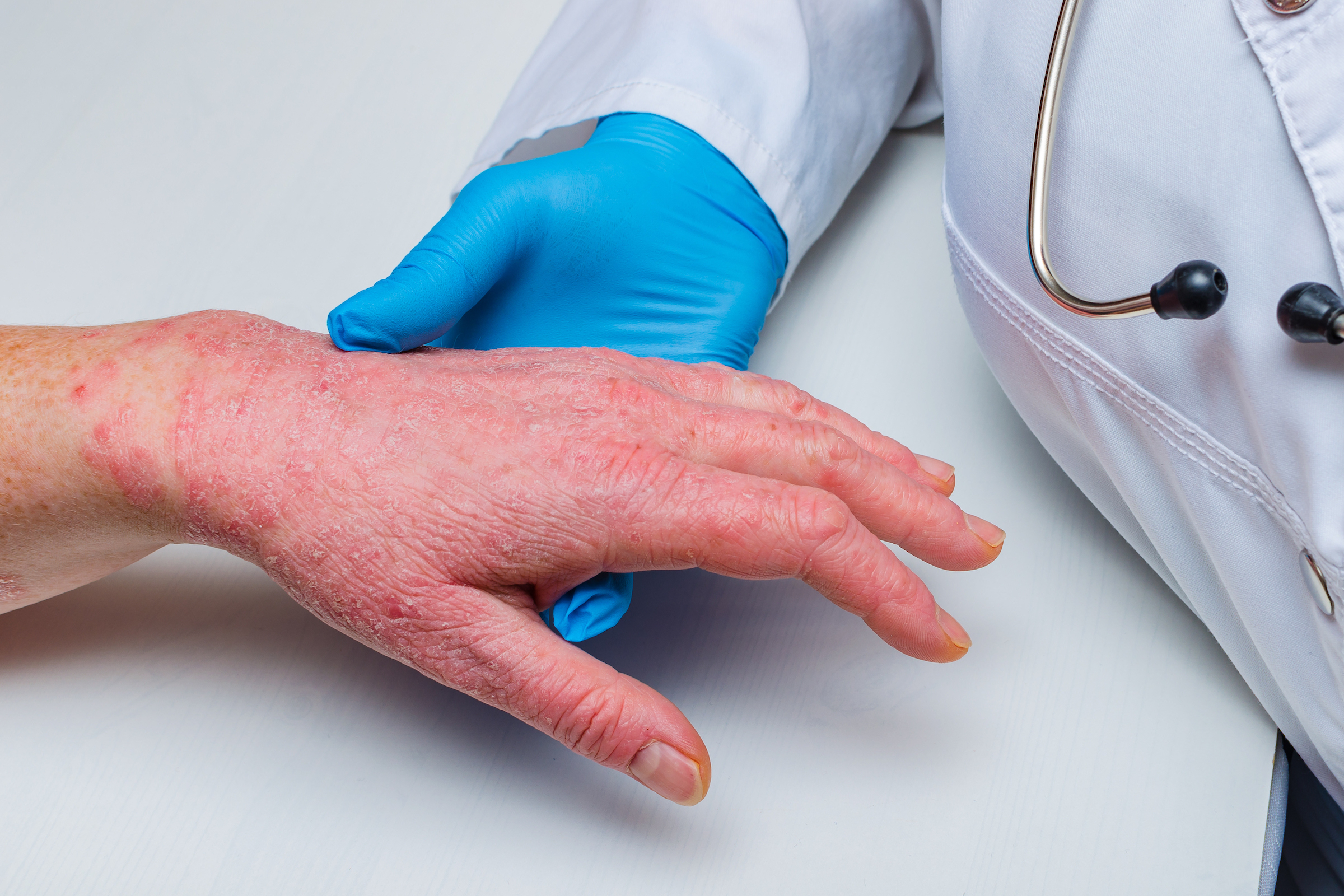Introduction: In the quest for flawless skin, many skincare enthusiasts in Edinburgh are turning to HydraFacial in Edinburgh—a revolutionary treatment that promises to cleanse, exfoliate, extract, and hydrate the skin all in one session. With its growing popularity in the beauty industry, especially in Edinburgh, it’s essential to delve deeper into what makes HydraFacial so effective and why it has become a go-to skincare solution for individuals seeking a radiant complexion.
What is HydraFacial? HydraFacial is a non-invasive, multi-step treatment that combines cleansing, exfoliation, extraction, hydration, and antioxidant protection simultaneously. Using a patented technology, the treatment involves a series of specialized serums and tools to deliver optimal results. Unlike traditional facials, HydraFacial is gentle, customizable, and suitable for all skin types, including sensitive skin.
The HydraFacial Process:
- Cleansing and Exfoliation: The treatment begins with a gentle cleansing process to remove impurities and dead skin cells from the surface of the skin. This step preps the skin for deeper exfoliation.
- Acid Peel: Next, a blend of glycolic and salicylic acids is applied to the skin to loosen debris and unclog pores. This gentle peel helps to reveal smoother, brighter skin without causing irritation.
- Extraction: Using a unique vacuum-powered extraction tip, the HydraFacial device painlessly removes blackheads, dirt, and other impurities from the pores. This step helps to decongest the skin and minimize the appearance of enlarged pores.
- Hydration: One of the key benefits of HydraFacial is its ability to deliver intense hydration to the skin. A nourishing blend of hyaluronic acid, peptides, and antioxidants is infused into the skin to restore moisture levels and promote a healthy glow.
- Protection: To finish the treatment, a potent blend of antioxidants and peptides is applied to the skin to provide protection against environmental damage and premature aging. This final step helps to maintain the results of the HydraFacial and keep the skin looking radiant for longer.
Benefits of HydraFacial:
- Immediate Results: Unlike some skincare treatments that require downtime, HydraFacial delivers instant results with no irritation or redness.
- Customizable: HydraFacial can be tailored to address specific skin concerns, including acne, fine lines, wrinkles, hyperpigmentation, and uneven texture.
- Non-Invasive: The gentle nature of HydraFacial makes it suitable for all skin types, including sensitive skin. There is no discomfort or risk of adverse reactions.
- Long-lasting Effects: With regular treatments, HydraFacial can improve the overall health and appearance of the skin, resulting in a more youthful and radiant complexion.
Conclusion:




